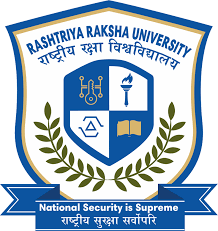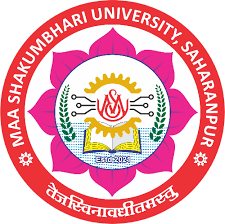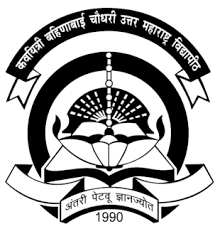-
Check Eligibility Requirements: Ensure that you meet the eligibility criteria set by the university or institution offering the Master of Defence Studies program. Eligibility requirements may include a bachelor's degree in a related field, a certain minimum GPA, and possibly relevant work experience.
-
Research Programs: Research and identify universities or institutions that offer a Master of Defence Studies program that aligns with your interests and career goals. Review their admission requirements, application deadlines, and program details.
-
Prepare Application Materials: Gather the necessary application materials, which typically include the following:
• Completed Application Form: Fill out the application form provided by the university or institution. This may be available online through the institution's official website.
• Academic Transcripts: Submit official transcripts from your previous educational institutions, including your bachelor's degree and any other relevant qualifications.
• Letters of Recommendation: Typically, you'll need to provide letters of recommendation from professors, employers, or professionals who can attest to your qualifications and abilities.
• Statement of Purpose (SOP): Write a statement of purpose that explains your reasons for pursuing a Master of Defence Studies, your career goals, and how the program aligns with your aspirations.
• Resume/CV: Include a detailed resume or curriculum vitae (CV) that highlights your educational background, work experience, research, and any relevant skills or certifications.
• Standardized Test Scores: Some institutions may require standardized test scores, such as the GRE or GMAT. Check whether the program you're applying to has specific test requirements.
-
English Language Proficiency: If you are a non-native English speaker, you may need to provide proof of English language proficiency through tests like the TOEFL or IELTS.
-
Submit Application: Complete the online application or submit a hard copy of your application form along with all the required documents to the university's admissions office by the specified deadline. Be sure to pay any application fees that may be required.
-
Interview (if necessary): Some universities may require applicants to participate in an interview as part of the selection process. If this is the case, prepare for the interview by researching common interview questions and practicing your responses.
-
Wait for Admission Decision: Once you've submitted your application, you'll need to wait for the university to review your materials and make an admission decision. This can take several weeks or months, so be patient.
-
Acceptance and Enrollment: If you are accepted into the Master of Defence Studies program, you will receive an acceptance letter from the university. Follow the instructions in the letter to confirm your enrollment and pay any necessary tuition fees.
-
Visa and Immigration (for International Students): If you are an international student, you will need to apply for a student visa to study in the country where your chosen university is located. Follow the visa application process and requirements of that country's embassy or consulate.
-
Orientation: Attend any orientation sessions or events provided by the university to familiarize yourself with the campus, program requirements, and academic resources.
 2 Years
2 Years
 Post Graduate
Post Graduate
 Arts
Arts
 Full Time
Full Time



















 back
back

